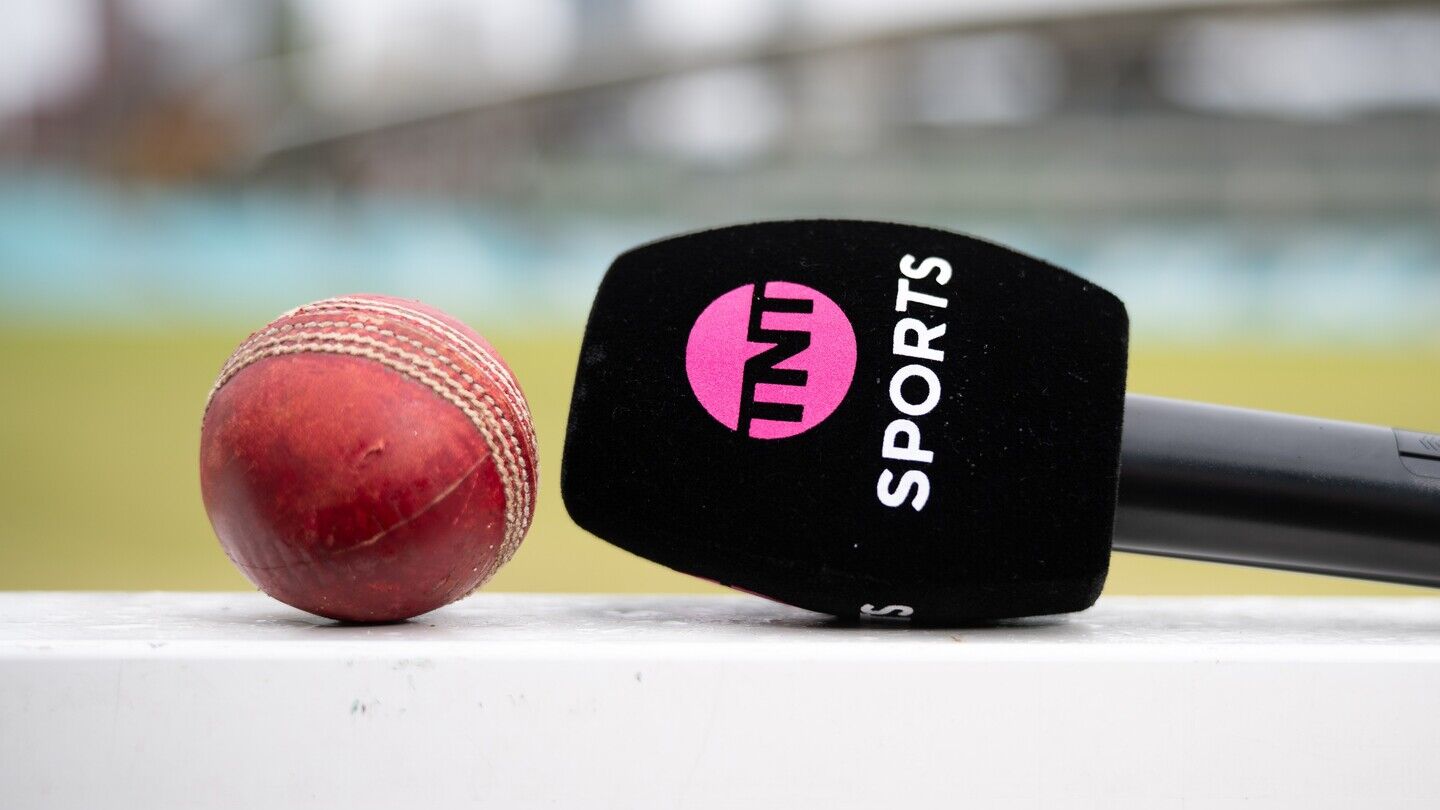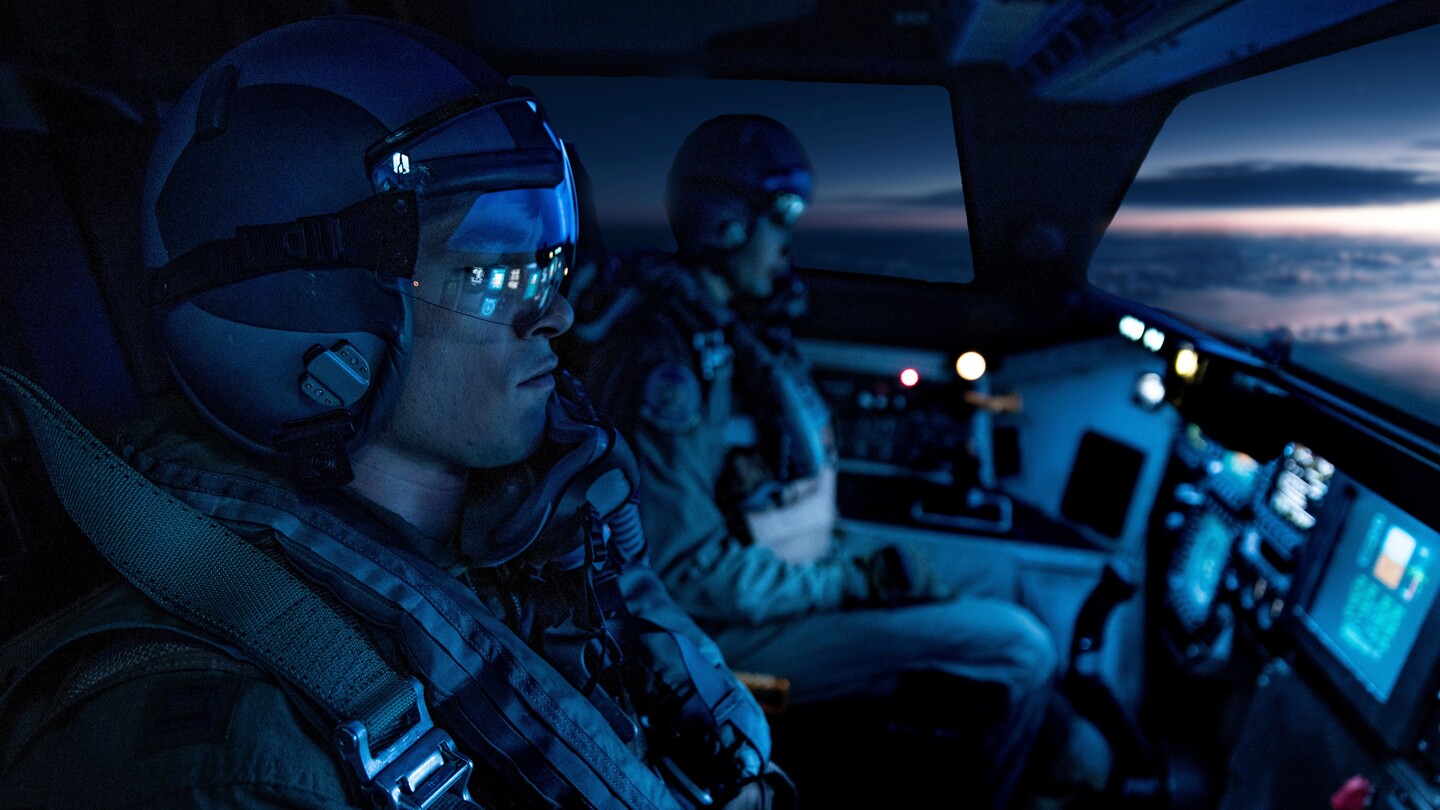In Ridley Scott’s bio-epic Napoleon we see the French general at the battles of Austerlitz and Waterloo, in his tent, standing outside his tent, on a horse – waiting, waiting, waiting, writes Adrian Pennington.
“Those wars were gruelling and probably not very exciting for the most part because it involved lots of strategy and waiting around for days,” said Dariusz Wolski ASC, the film’s cinematographer speaking to IBC365. “We have to make them more concise, more exciting and clear for the audience to follow.”
Doing so involved a whole army of production crew who exhaustively reccied, plotted, discussed and manoeuvred cast and kit on 3D models prior to shooting a single thing.
“First it’s just planning, planning, planning and logistics,” he said. These include...
You are not signed in
Only registered users can read the rest of this article.

Behind the scenes: Hamnet
Look, lighting and camera movement were stripped back to basics by cinematographer Lukasz Żal to create the stage for Shakespeare’s personal tragedy.

Behind the scenes: The Running Man
Scenes structured like Russian nesting dolls present Editor Paul Machliss with a challenge in completing this deadly reality TV show.

TNT Sports and The Ashes: “We need to be at the heart of the story”
TNT Sports takes a hybrid approach as England’s cricket team heads down under with a sporting chance of returning with a little urn. Adrian Pennington reports.

Behind the scenes: Frankenstein
Cinematographer Dan Laustsen tells IBC365 why he and Guillermo del Toro turned the classic nightmare, Frankenstein, into a love story of ice and warmth between father and son.
Behind the scenes: Good Boy
From casting his own dog as the lead to shooting at a dog’s eye level, first-time Feature Director Ben Leonberg has perfected a filmmaking process built entirely around a pet. The result? Critical acclaim and a viral smash for horror season.

.jpg)


